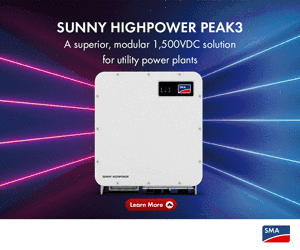University of Cambridge researchers have developed a photo-rechargeable zinc-ion battery that is able to harvest and store solar energy. “These cells were conceived as a low-cost energy harvesting and storage solution for off-grid communities in developing countries,” Professor Michael Volder told pv magazine.
The battery was built with a photocathode made of vanadium dioxide (VO2) which is used to harvest light and store zinc ions and zinc oxide (ZnO) as a charge transport layer. Vanadium dioxide was chosen for its bandgap energy in the visible light spectrum and the remarkable fast charge-discharge kinetics. Previously, the authors had implemented photo–batteries in cells with a surface of around 100cm2 and a 64cm2 optical window that allows light to reach vanadium oxide and recharge the battery.
Under the proposed configuration, electrons are extracted to the conduction band of the VO2 photocathode and then transported to carbon fiber (CF) through a zinc oxide (ZnO) layer, which is also intended at blocking holes.
“This combined action of electron extraction and blocking holes in VO2 leads to photocharging,” the researchers said, noting that the ZnO layer is used for charge transport and VO2 for energy storage.
The ZnO layer was coated on the current collector and the VO2 photocathode was synthesized directly on the ZnO layer.
“This improved charge separation and the interface between active materials, resulting in a 2.8 times higher photo-conversion efficiency compared to materials where the VO2 is physically mixed with an electron transport material,” the academics said.
The battery showed an efficiency of around 1.2%, which compares to around 0.6% in similar batteries manufactured with other photocathode materials. It also exhibited capacity retention of around 73% after 500 cycles.
“The next step is to test these batteries under real-life conditions,” Volder said.
The researchers described the device in “Vanadium dioxide–zinc oxide stacked photocathodes for photo-rechargeable zinc-ion batteries,” which was recently published in Royal Society of Chemistry’s Journal of Materials Chemistry A of the Royal Society of Chemistry.






